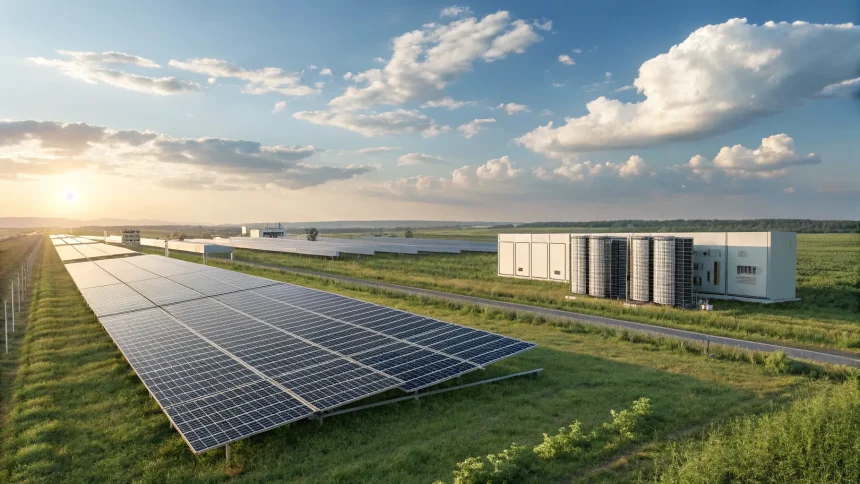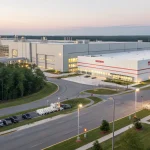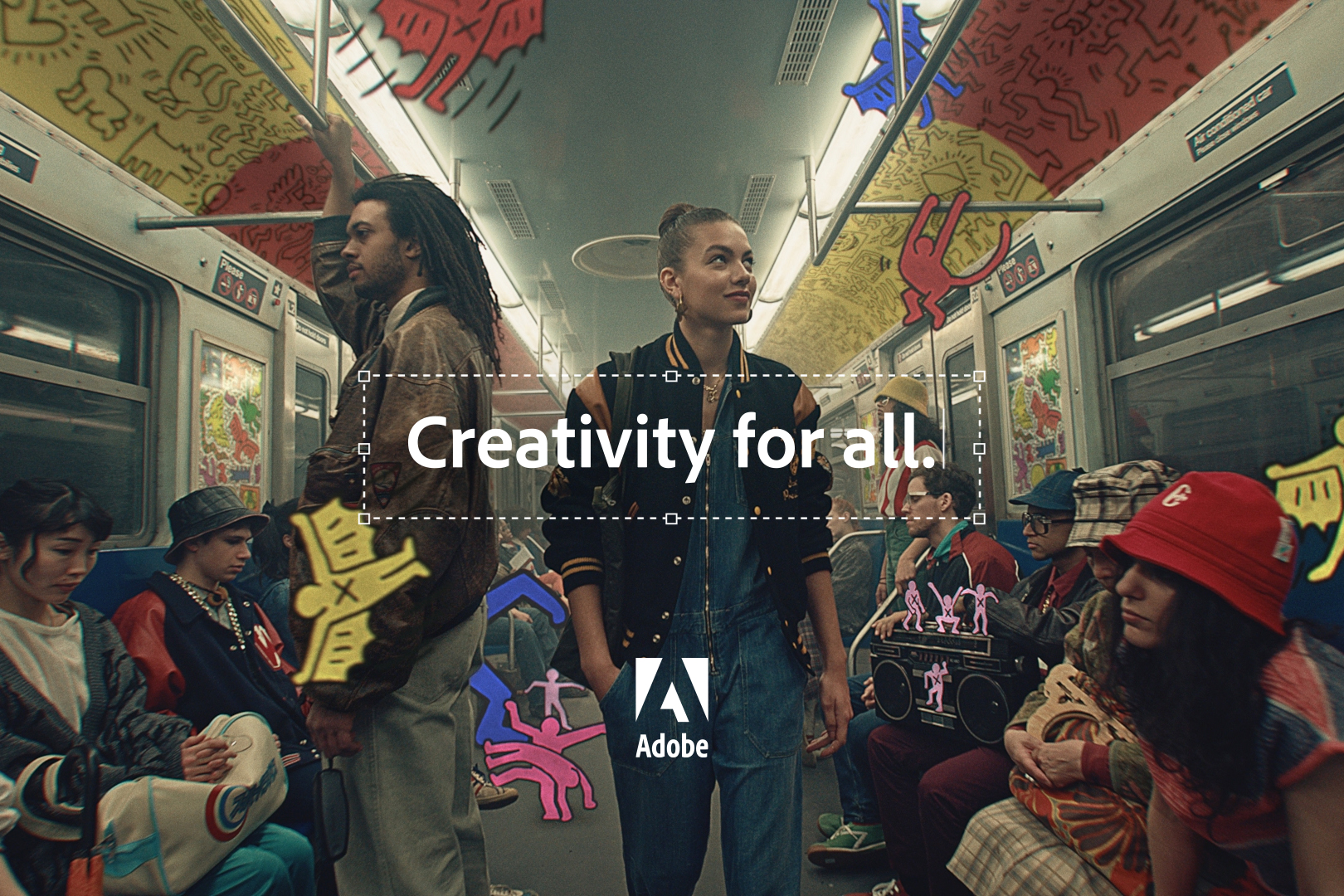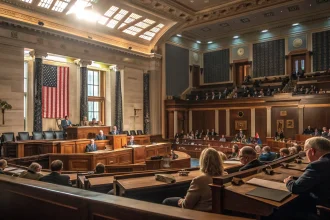Rising electricity needs from artificial intelligence facilities are pushing solar developers to accelerate new projects across the United States and other major markets. Utilities and grid planners say the shift is reshaping where and how new power plants get built as companies rush to secure clean energy for servers that run nonstop. The growing link between AI growth and solar buildouts is setting up a new phase for both sectors, with policy, grid capacity, and storage needs at the center of the debate.
“As AI data centers use more electricity, the solar industry is ramping up to provide more power.”
The trend is most visible near key cloud regions and semiconductor hubs, where large buyers sign long-term contracts for new solar capacity. It is also raising questions about how quickly grids can connect projects and whether storage and transmission can keep up.
Rising Load From AI Sparks Urgency
Demand from data centers is increasing as companies train and deploy large AI models. Utilities in several states report sharper growth forecasts than they projected a few years ago. Grid operators say this is a notable turn from a decade of flat demand in many regions.
Analysts at the International Energy Agency and U.S. grid planners expect data center loads to rise through the mid-2020s. The surge is driven by higher computing needs and new facilities clustered near major cities and energy hubs.
Developers note that large customers often want new capacity tied to clean power. That preference is steering billions of dollars into solar, storage, and transmission commitments.
Why Solar Is First in Line
Solar projects are often faster to permit and construct than large gas or nuclear plants. Costs have also fallen over the past decade, making solar the first choice for many long-term contracts. In sunny regions, utility-scale projects can deliver predictable daytime power at scale.
Grid planners caution that solar alone cannot supply round-the-clock electricity. Operators stress the need for battery storage, flexible gas plants, demand response, and expanded transmission to move power from high-resource areas to load centers.
- Solar offers speed to market and falling costs.
- Storage smooths evening peaks and supports reliability.
- Transmission is needed to connect remote resources to cities.
Deals, Delays, and the Queue
Power purchase agreements tied to data centers are growing in size and duration, providing bankable revenue for developers. Those contracts often include commitments to pair solar with batteries, especially in markets with steep evening peaks.
Yet interconnection backlogs remain a major hurdle. Thousands of projects are waiting for studies and upgrades before they can connect to the grid. Developers say delays can add years and significant costs, complicating delivery timelines for AI firms eager to expand now.
Local permitting adds another layer. Communities weigh land use, tax benefits, and visual impact. Industry groups say early engagement and clear siting rules can shorten schedules and reduce conflict.
Winners, Risks, and the Grid
For solar manufacturers and builders, AI-driven demand could provide a steady pipeline of projects. Suppliers are investing in additional capacity and seeking stable policy support in key markets.
Utilities face a balancing act. They must add generation and wires while keeping rates manageable. Regulators are pressing for resource plans that consider reliability, cost, and emissions. Environmental groups support clean energy additions but warn that unchecked data center growth could outpace grid upgrades if planning lags.
Some utilities are exploring on-site or near-site solar and storage at data center campuses. Others prefer regional solutions that spread costs and benefits over a wider service area.
What Comes Next
Most forecasts point to continued growth in AI workloads, which will keep pressure on grids. That suggests more solar procurement, more storage, and more transmission proposals in the next few years. The pace will depend on permitting reforms, supply chains, and how quickly interconnection studies move.
Industry observers are watching three signals: the size of new data center clusters, the share of contracts that bundle batteries with solar, and the speed of grid upgrades. Each will shape how reliably the sector can supply new load without adding substantial emissions.
The core message is clear: AI is accelerating power demand, and solar developers are responding with larger pipelines and more integrated projects. The outcome will hinge on whether grids can connect projects fast enough, and whether buyers commit to storage and transmission that turn daytime electrons into dependable, around-the-clock supply.









